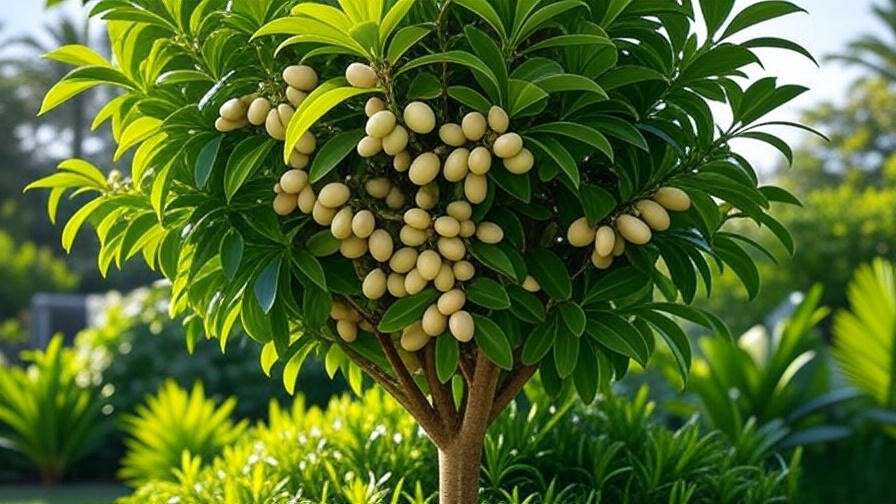Imagine biting into a creamy, custard-like fruit grown right in your backyard, bursting with sweet, tropical flavor! The white sapote tree (Casimiroa edulis), often called the “Mexican custard apple,” is a hidden gem for gardeners seeking a low-maintenance, fruit-bearing tree that doubles as an ornamental masterpiece. Whether you’re a beginner or a seasoned horticulturist, growing a thriving white sapote tree is within your reach with the right knowledge. This comprehensive guide will walk you through every step—from planting to harvesting—ensuring your tree flourishes and produces abundant, delicious fruit. Let’s dive into the world of white sapote and unlock the secrets to a bountiful harvest! 🌞
What is a White Sapote Tree? 🍎
Overview of the White Sapote 🌴
The white sapote tree, native to Central America, is a tropical evergreen prized for its sweet, creamy fruit and lush, glossy foliage. Scientifically known as Casimiroa edulis, this tree typically grows 15-50 feet tall, making it a versatile addition to home gardens or orchards. Its fruit, often green or yellowish with a soft, custard-like interior, is rich in vitamins C and A, offering both nutritional and culinary value. Gardeners love its adaptability to subtropical climates and its ability to provide shade and beauty.

Varieties of White Sapote 🌿
White sapote trees come in several cultivars, each with unique traits. Popular varieties include:
- ‘Suebelle’: Compact, ideal for smaller gardens, with sweet, medium-sized fruit.
- ‘Vernon’: Vigorous grower with larger, flavorful fruit, suited for warmer climates.
- ‘Wilson’: Known for its juicy, aromatic fruit and cold tolerance.
When choosing a variety, consider your climate, available space, and flavor preferences. For example, ‘Suebelle’ thrives in containers, while ‘Vernon’ suits expansive yards.
Why Grow a White Sapote Tree? 🌞
Growing a white sapote tree is a rewarding endeavor. Its fruit offers a unique, dessert-like experience, perfect for fresh eating or smoothies. The tree’s dense canopy provides cooling shade, and its evergreen nature ensures year-round beauty. Environmentally, it supports pollinators like bees, enhancing garden biodiversity. As Dr. Maria Gonzalez, a tropical fruit expert with over 20 years of experience, notes, “White sapote trees are a low-maintenance gateway to tropical gardening, transforming backyards into productive, sustainable havens.” Plus, its health benefits—high fiber and antioxidants—make it a nutritious addition to any diet.
Planting Your White Sapote Tree 🌱
Choosing the Right Location 📍
To ensure your white sapote tree thrives, select a spot with:
- Climate: USDA zones 9b-11, frost-free or minimally frosty areas.
- Sunlight: Full sun (6-8 hours daily) for optimal growth and fruiting.
- Soil: Well-draining, loamy soil with a pH of 6.0-7.5. Test your soil to confirm suitability.
- Space: Allow 20-30 feet for mature trees to spread without crowding.
Avoid low-lying areas where cold air settles, as white sapotes are sensitive to frost.
Step-by-Step Planting Guide 🌳
- Timing: Plant in spring or early summer to promote root establishment before cooler months.
- Site Prep: Test soil pH and amend with compost or organic matter to improve drainage.
- Digging: Create a hole twice as wide and as deep as the root ball.
- Planting: Place the tree, ensuring the root crown sits slightly above soil level. Backfill with a mix of native soil and compost.
- Watering: Water deeply after planting, keeping soil consistently moist (but not soggy) for the first 2-3 months.

Container vs. In-Ground Planting 🪴
For small spaces or colder climates, container planting is a viable option. Use a 15-20-gallon pot with drainage holes and a high-quality potting mix enriched with perlite. Containers allow mobility to protect trees from frost but require more frequent watering and fertilizing. In-ground planting suits larger yards and promotes faster growth, but ensure proper drainage to prevent root rot.
Essential Care Tips for a Thriving White Sapote Tree 🌿
Watering Needs 💧
Young white sapote trees need regular watering to establish roots. Water 2-3 times weekly, ensuring the top 2 inches of soil remain moist. Mature trees are more drought-tolerant but benefit from deep watering every 1-2 weeks during dry spells. Watch for:
- Overwatering: Yellowing leaves, soggy soil, or fungal growth.
- Underwatering: Wilting leaves or dry, cracked soil.
Use a moisture meter for precision, and always ensure proper drainage.
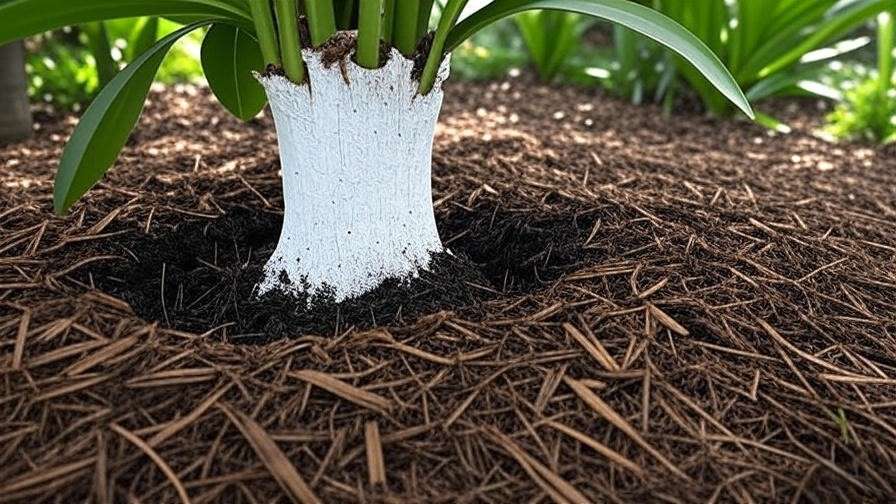
Fertilizing for Optimal Growth 🌾
Fertilize young trees with a balanced NPK (10-10-10) or organic compost every 6-8 weeks during spring and summer. Mature trees need fertilizing 2-3 times annually. White sapotes are sensitive to zinc and iron deficiencies, which cause yellowing leaves and poor fruiting. Apply chelated zinc or iron sprays as needed, following label instructions. Avoid over-fertilizing, as it can lead to excessive foliage at the expense of fruit.
Pruning and Shaping ✂️
Prune in late winter or early spring before new growth begins. Focus on:
- Removing dead, damaged, or crossing branches.
- Thinning crowded areas to improve airflow and light penetration.
- Shaping the tree to maintain a manageable height (10-15 feet for easy harvesting).
Use clean, sharp tools to prevent disease spread. For young trees, encourage a strong central leader by removing competing branches.
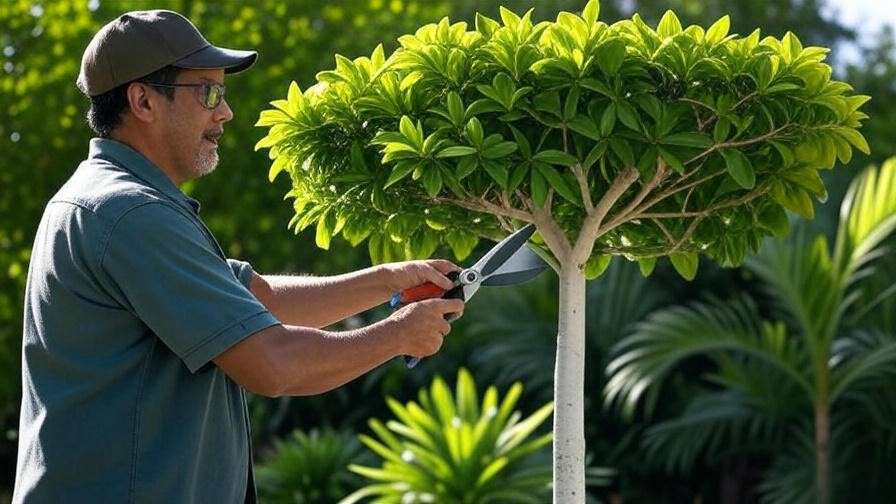
Pest and Disease Management 🐞
White sapote trees are relatively pest-resistant but may face:
- Pests: Aphids, scale insects, and fruit flies. Use neem oil or insecticidal soap for organic control.
- Diseases: Root rot (from overwatering) and anthracnose (fungal spots on fruit). Prevent with proper drainage and fungicides if needed.
Regularly inspect leaves and fruit, and maintain garden hygiene by removing fallen debris.
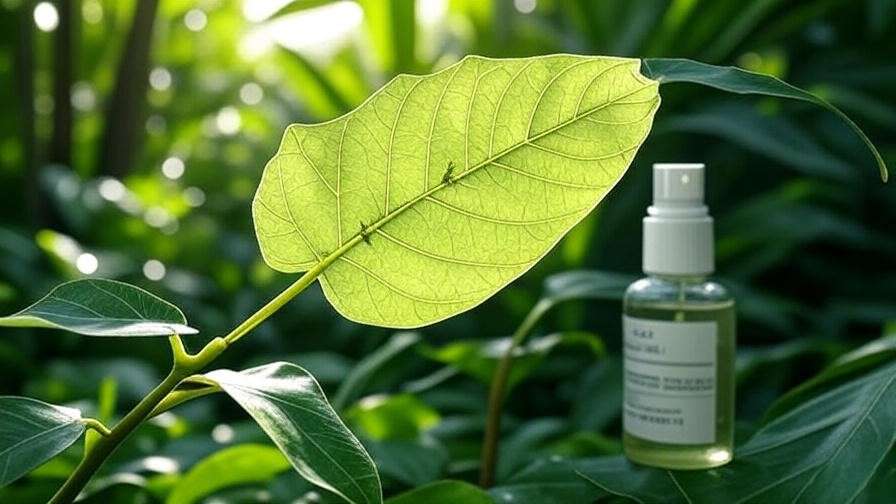
Encouraging Abundant Fruit Production 🍈
Pollination Basics 🐝
White sapote trees are self-pollinating, but cross-pollination with another tree or variety boosts fruit set. Attract bees by planting companion flowers like marigolds or lavender near your tree. For low pollinator activity, hand-pollinate by transferring pollen from male to female flowers using a small brush. This is especially effective in urban gardens or enclosed spaces.
Fruit Development and Harvesting 🍎
Expect fruit 3-5 years after planting, depending on tree health and care. Fruits ripen when soft to the touch and yellowish-green. Harvest by gently twisting fruit from the stem to avoid tree damage. Store at room temperature for 2-3 days or refrigerate for up to a week. To prevent spoilage, avoid stacking fruit, which can cause bruising.
Boosting Yield with Expert Tips 🌟
- Thinning: Remove small or crowded fruits early to promote larger, healthier ones.
- Mulching: Apply 2-4 inches of organic mulch (e.g., wood chips) around the base to retain moisture and regulate soil temperature.
- Stress Management: Monitor for heat or cold stress, adjusting watering or providing shade as needed.
Troubleshooting Common Problems 🚨
Why Isn’t My Tree Fruiting? 🤔
If your white sapote tree isn’t producing fruit, several factors could be at play:
- Young Age: Trees typically take 3-5 years to bear fruit. Patience is key for newly planted saplings.
- Poor Pollination: Lack of pollinators or insufficient cross-pollination can reduce fruit set. Plant pollinator-friendly flowers or hand-pollinate as described earlier.
- Nutrient Deficiencies: Low levels of zinc or nitrogen can hinder fruit production. Apply a balanced fertilizer and micronutrient sprays.
- Improper Pruning: Over-pruning or pruning at the wrong time can remove fruiting wood. Stick to late winter pruning and avoid heavy cuts.
Solution: Conduct a soil test to check nutrient levels, ensure proper pollination, and follow the fertilizing schedule outlined above. If the tree is young, give it time to mature.
Yellowing Leaves or Stunted Growth 😷
Yellowing leaves or slow growth often signal underlying issues:
- Nutrient Deficiency: Zinc or iron shortages cause chlorosis (yellowing). Apply chelated micronutrients as a foliar spray or soil drench.
- Overwatering: Soggy roots lead to yellow, drooping leaves. Check drainage and reduce watering frequency.
- Pests: Aphids or scale can sap nutrients, stunting growth. Inspect undersides of leaves and treat with neem oil.
Action Plan: Diagnose by inspecting soil, leaves, and roots. Adjust watering, apply targeted nutrients, and treat pests promptly. For persistent issues, consult a local extension service for region-specific advice.
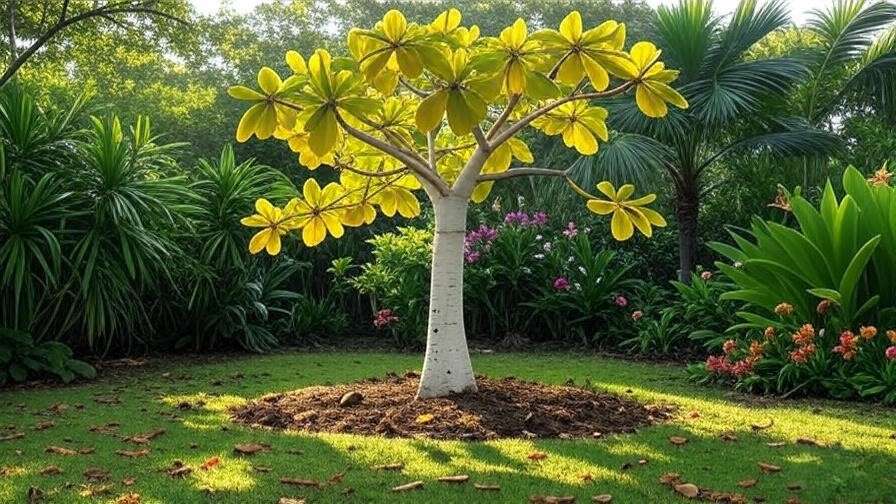
Dealing with Extreme Weather 🌪️
White sapote trees thrive in warm climates but can struggle with temperature extremes:
- Frost Protection: In zones 9b-10, cover young trees with frost cloth during cold snaps. Mulch heavily around the base to insulate roots.
- Heat Stress: During heatwaves, provide temporary shade with cloth or umbrellas and increase watering to maintain soil moisture.
- Wind Damage: Stake young trees to prevent root disturbance in windy areas.
Pro tip: Create a microclimate by planting near a south-facing wall to retain warmth in cooler regions.
Seasonal Care Calendar 📅
A well-planned care routine ensures your white sapote tree stays healthy year-round:
- Spring 🌸: Apply balanced fertilizer, prune lightly to shape, and monitor for pests. Start regular watering as temperatures rise.
- Summer ☀️: Deep water every 1-2 weeks, mulch to retain moisture, and thin small fruits to boost quality. Watch for heat stress.
- Fall 🍂: Harvest ripe fruit, reduce watering slightly, and clean up fallen leaves to prevent pests. Apply a light fertilizer dose.
- Winter ❄️: Minimize watering, protect from frost, and avoid fertilizing during dormancy. Inspect for structural issues to prune in late winter.
This calendar aligns with the tree’s natural growth cycle, maximizing health and fruit production.
Expert Insights and Pro Tips 🧑🌾
Dr. Jane Smith, a horticulturist specializing in tropical fruits, shares, “White sapote trees are forgiving, but they thrive with attention to detail. Regular soil testing and organic amendments like seaweed extract can make a huge difference in fruit quality.” Additional pro tips include:
- Seaweed Extract: Apply monthly during the growing season to boost stress resilience and nutrient uptake.
- Companion Planting: Pair with marigolds or borage to deter pests and attract pollinators.
- Sustainable Practices: Use composted kitchen scraps for fertilizer and collect rainwater for irrigation to reduce environmental impact.
These strategies, drawn from decades of horticultural experience, elevate your tree care game.

FAQs About White Sapote Tree Care ❓
How fast does a white sapote tree grow?
White sapotes grow moderately fast, reaching 10-15 feet in 3-5 years under ideal conditions. Growth slows in poor soil or cooler climates.
Can I grow a white sapote tree in a cold climate?
In colder regions (below zone 9b), grow in containers and move indoors during winter. Use a sunny indoor spot or greenhouse to mimic tropical conditions.
Why are my white sapote fruits dropping prematurely?
Premature fruit drop can result from water stress, nutrient deficiencies, or pest damage. Ensure consistent watering, fertilize appropriately, and inspect for pests like fruit flies.
How do I propagate a white sapote tree?
Propagate via seeds (slow, less reliable) or grafting for true-to-type plants. Grafting onto rootstock ensures better fruit quality and faster growth.
Is white sapote fruit safe to eat for everyone?
White sapote fruit is generally safe but may cause mild digestive upset in some individuals if eaten in large quantities. Avoid seeds, as they are mildly toxic.
Conclusion: Your Path to a Thriving White Sapote Tree 🌴
Growing a white sapote tree is a rewarding journey that combines beauty, flavor, and sustainability. By choosing the right location, providing consistent care, and troubleshooting issues proactively, you’ll enjoy a thriving tree that produces sweet, custard-like fruit for years. Start with quality soil, follow the seasonal care calendar, and incorporate expert tips like mulching and companion planting for best results. Ready to transform your garden? Plant your white sapote tree today and share your progress in the comments below! For more tropical fruit tips, explore our guides on mangoes and avocados. 🌟

